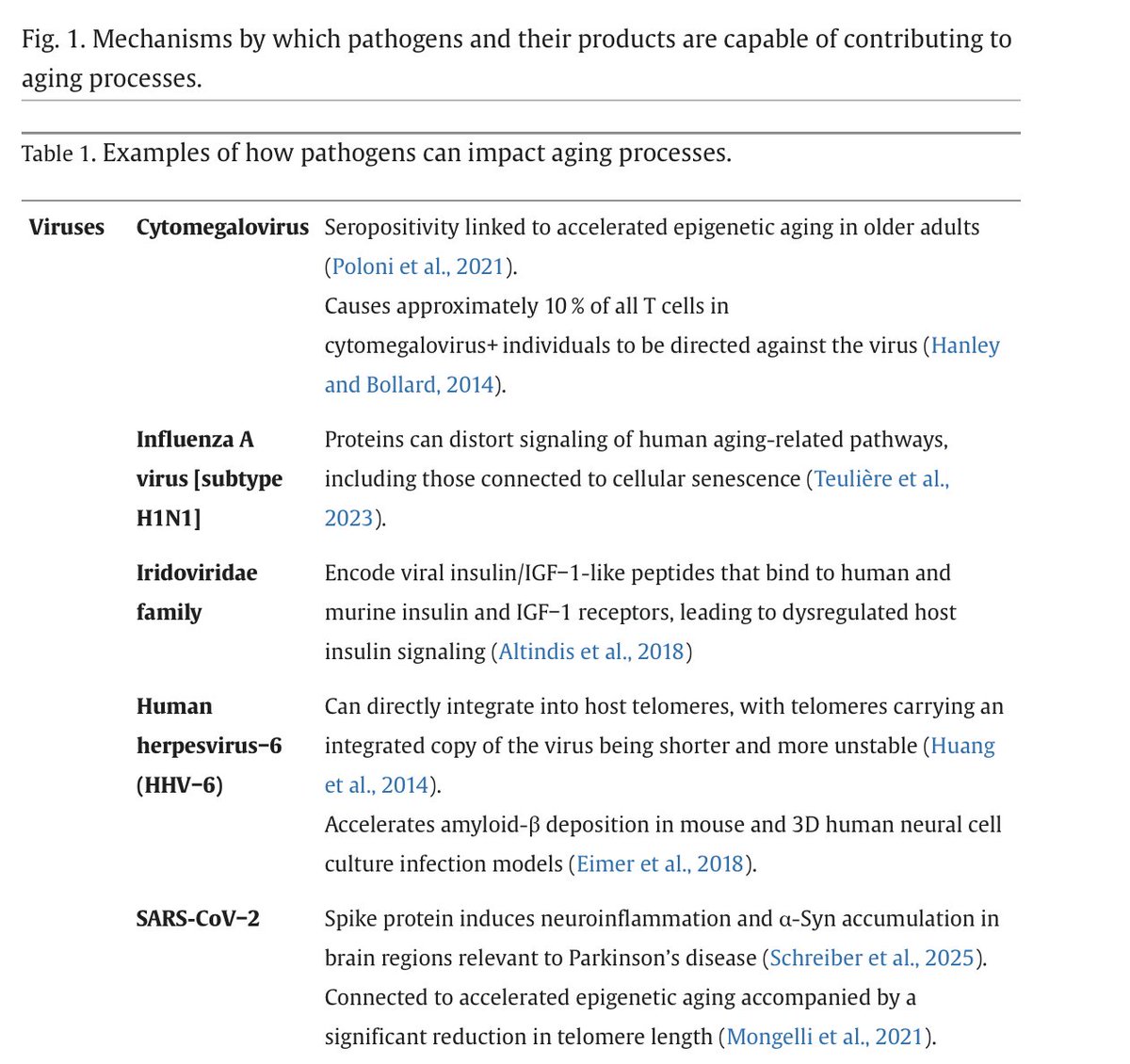@sickanddamned @erikmoldwarrior @MBVanElzakker @paintingsbysam @courtneylgunter @FrontPediatrics Yes:) The “successive #infection” process could start in the #womb 👉 Maternal infection during pregnancy is associated w/ higher risk of developing several chronic conditions☝️Or the mother can pass “chronic” organisms to her child even if she doesn’t have “acute” symptoms
@sickanddamned @erikmoldwarrior @MBVanElzakker @paintingsbysam @courtneylgunter @FrontPediatrics Studies on the bacterial #pathogen h. pylori are a good example of that trend 👉 #Mother’s frequently pass h.pylori to their children (via womb or close contact)☝️but even infected fathers + siblings can be a source of the inherited pathogen: ncbi.nlm.nih.gov/m/pubmed/19098… 



@sickanddamned @erikmoldwarrior @MBVanElzakker @paintingsbysam @courtneylgunter @FrontPediatrics This study found the same trend 👉 “Mother-to-child transmission of H. pylori was demonstrated in four out of five #families, whilst transmission from father-to-child and sibling-to-sibling were demonstrated in two families and one family, respectively”: microbiologyresearch.org/docserver/full… 

@sickanddamned @erikmoldwarrior @MBVanElzakker @paintingsbysam @courtneylgunter @FrontPediatrics This study found that “not only mother-to-child transmission but also #grandmother-to-child transmission is an important mechanism for the spread of H. pylori in a three-generation household”: ncbi.nlm.nih.gov/m/pubmed/23560… 



@sickanddamned @erikmoldwarrior @MBVanElzakker @paintingsbysam @courtneylgunter @FrontPediatrics There is also growing evidence that H. pylori might be #sexually transmitted 👉 For example, “It is possible that H. pylori may be transmitted via the act of fellatio in the urethra”: ncbi.nlm.nih.gov/pmc/articles/P… 

• • •
Missing some Tweet in this thread? You can try to
force a refresh








